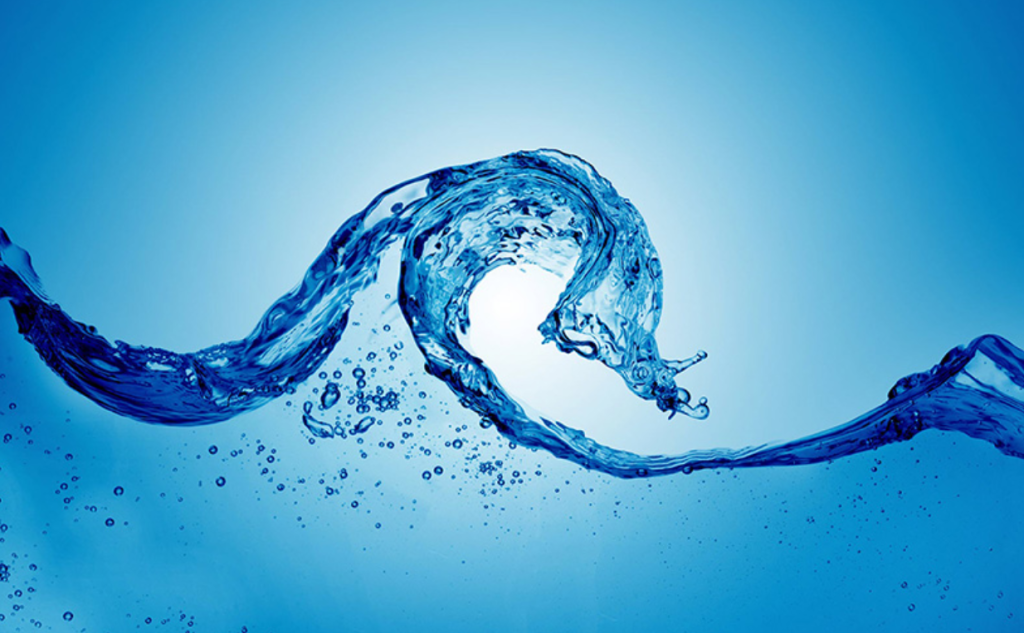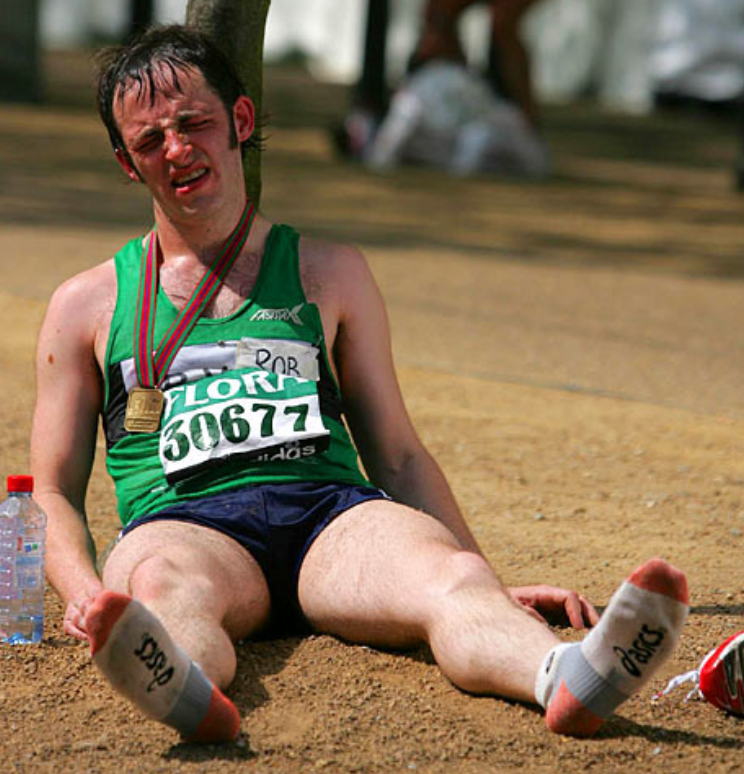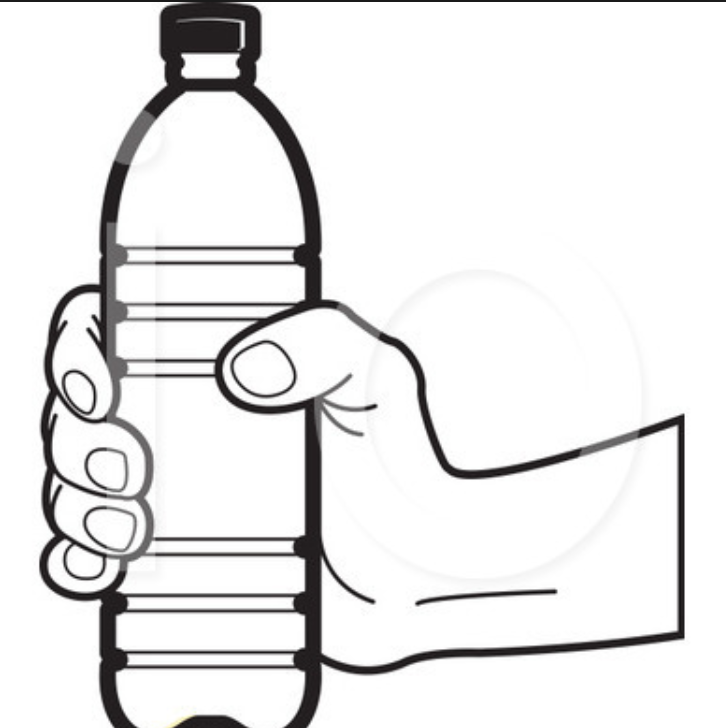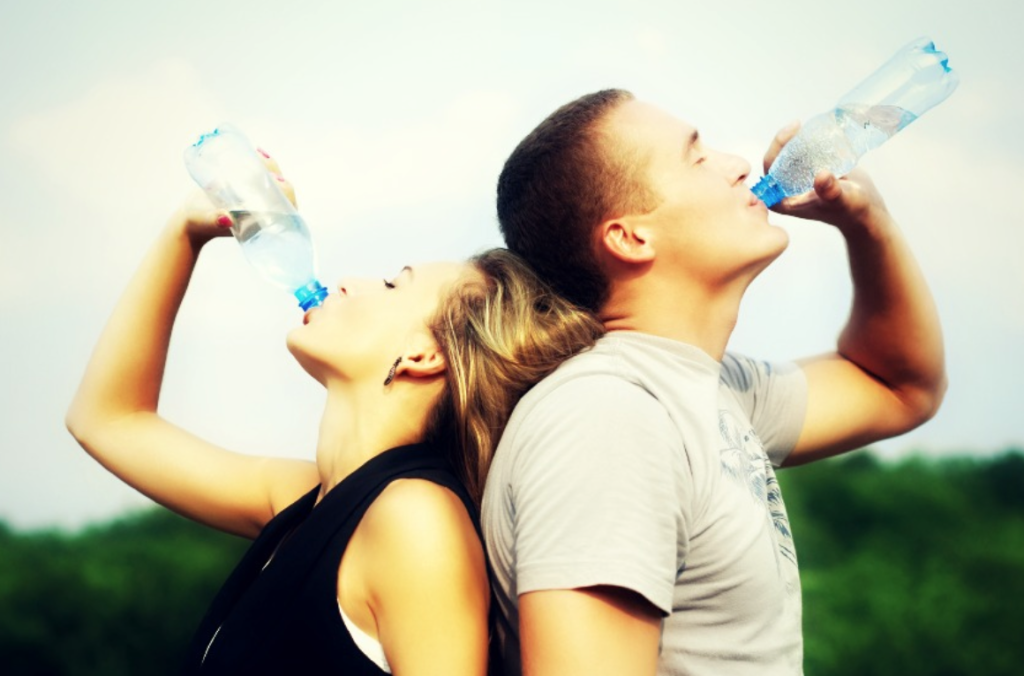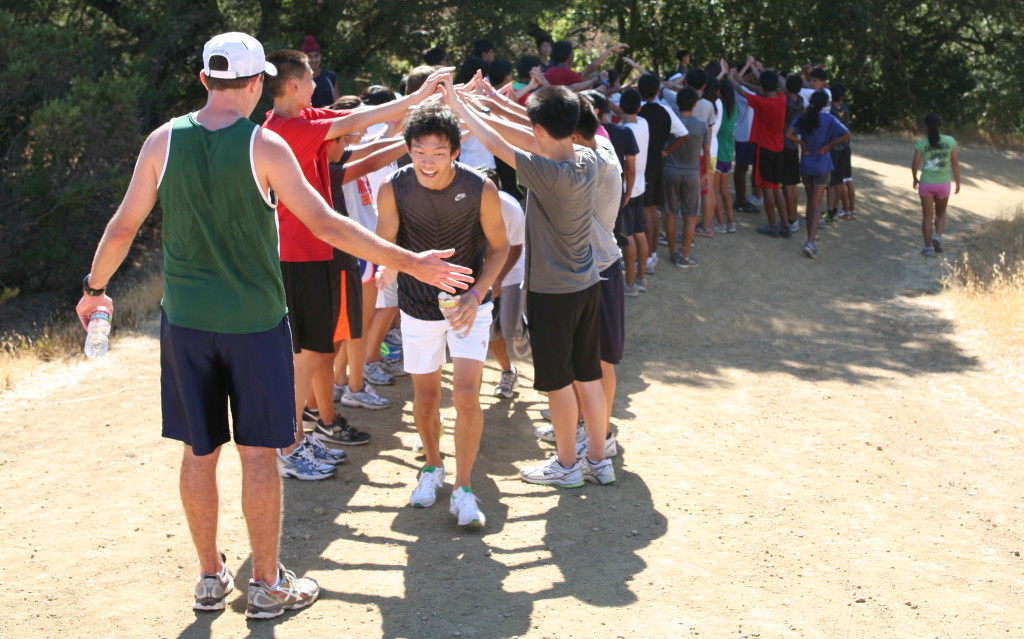It’s not a surprise–the hotter the weather, the more an athlete will sweat.
What we don’t always appreciate is how much the original state of hydration will determine how much heat we can tolerate.
Here is the bottom line—if you are well hydrated before you start exercising, you are infinitely better off than if you start your workout dehydrated. Remember that! Now, let’s discuss the science, and how to take care of your hydration.
The Impact of Dehydration
Individual sweat loss rates vary, but most people will lose between two and four pounds of sweat per hour! That could be almost two liters of liquid—go look at a two-liter bottle of liquid and picture yourself filling that bottle with your sweat in one hour (yuck).
If this liquid is not replaced, your muscles will not receive as much oxygen, the byproducts of exercise (such as lactic acid) will accumulate in greater amounts, your sweat rate will decrease which will also decrease the rate in which you can dissipate heat. Your body will try to compensate, and among other effects, your heart rate will increase—for every one percent of body weight you lose through sweat, your heart rate will probably increase by 5 to 10 beats per minute. Exercise physiologists estimate that for every 1% of body weight you lose through sweat, your running will slow down by about 2%!
There are also more subtle effects of not being properly hydrated. Your muscles, your muscle fascia and tissues around your joints will not be as pliable, which can lead to cramps, tightness, and what can feel like an injury (one of the causes of knee, ankle and shin pain is chronic dehydration making your body less flexible). Also, one of the benefits of distance running is that runners will have a higher volume of blood than non-athletes; this also requires us to drink more water. Many of our athletes have seen doctors or therapists about an injury and have been told, ‘Drink more water!’
There are also the real disaster scenarios of dehydration—dizziness, passing out, seizures. We don’t want things to get this far out of hand!—however even short of these worst case scenarios, dehydration can impact your performance and your ability to train and run enjoyably.
Cross country running is hard enough, let’s not make running any harder by letting ourselves getting dehydrated!
Avoiding Dehydration
Pick up that two-liter bottle again. If you lose this much sweat while you exercise, it’s pretty obvious you can’t drink that much water in an hour to replace what you lost, right? If you tried to drink two liters of liquid in an hour, it would probably make you ill!
The situation is even worse than that. While you are exercising, blood is diverted to your active muscles. The blood vessels going to your active muscles in your legs expand, and the less critical functions get less blood—including your stomach, where the blood vessels constrict. The amount of water your body absorbs actually drops, so that for the average person, you can only absorb about 0.2 liters (about 8 oz) of water every half hour. So if you lose two liters in an hour, you can only replace about 0.4 liters.
Oh-oh.
Fortunately your body has evolved to be able to store water in preparation for periods of exertion. You are not a camel, exactly, however your body is still designed to store liquid for when you need extra. If you drink water consistently over a period of days, you will be well hydrated when you start exercising. You still want to continue to drink water during exercise, and that 0.2 liters per half hour that you can absorb will be plenty to keep you operating at a high level of efficiency for a 20 minute cross country race or a two hour workout.
One of the key things to remember, though, is that you need to drink a little bit throughout the day. Do not think that you only need to drink when you are thirsty. You need to be drinking before you get thirsty.
With a little bit of forethought and diligence, you can handle a run in the heat with a lot of grace.
The Game Plan
Here is your plan for combating dehydration. It’s pretty easy once you get in the routine.
- Set a goal of drinking 4 liters of water each day. This amount is at the high end of most recommendations for endurance athletes. You might be able to get by with less, but why risk being dehydrated? Our bodies will self-correct if water intake is a little high, but if your water intake is too little, it’s all bad! Therefore, give yourself a safety margin. If you try this amount and it’s too much we can think about cutting back but let’s start high (particularly in hot weather).
- Buy a refillable water bottle. Having a water bottle that you can carry with you during the day will help you understand how much water you are drinking. Track your intake of water (if you have a 1 liter bottle of water, your goal should be to fill up and drink that bottle dry four times from the time you wake up until the time you go to bed, or maybe three times if you are drinking a big glass of water with breakfast or dinner and your mother does not want a bottle on the table during meals!). Drink water in small amounts throughout the day. Do not wait to get thirsty.
- Start the day with a big glass of water. Overnight, we are not drinking but our bodies are still using water. Our stomachs are empty and ready to start absorbing water. Have a big cup or bottle of water waiting for you in the morning and drink it down while you are showering, brushing your teeth, and getting ready to start the day!
- Sip during a workout when you can. When we have a break, take a sip of water. Remember that we can only absorb about 8oz/0.2L per half hour so don’t try to slam down a whole bottle of water; if you have been drinking water all day, that cup of water will be plenty. (I know that you kids don’t like running with a handheld water bottle like an Amphipod, but I like being able to sip frequently during my run!)
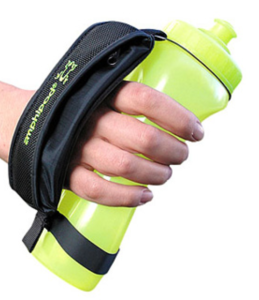
- Post-workout, you can replenish with about 2.5cups/0.5 liters in the first 30 minutes. Your body will quickly readjust when you stop exercising, and your stomach will be able to absorb water at a much faster rate. Take some time to feel what your body wants, but you can probably drink the equivalent of a full store-bought bottle of water in the first 30 minutes following your workout, along with a post workout snack. Have this water bottle in your gear bag or backpack so you can drink right away. Don’t wait until you get home; your body is ready to absorb water so take a drink! (By the way…a good post-workout option is some chocolate milk. This combines liquids and carbohydrates and protein in one tasty package!)
- You also lose electrolytes when you sweat. These minerals—potassium, sodium, calcium, magnesium—are essential. You can get some more sodium by salting your dinner a little more than usual. Bananas, broccoli and potatoes are a good source of potassium. For magnesium, dark leafy greens, bananas again, and avocados are all great sources. Nuun tablets in your water are a good all-around supplement to replace electrolytes. Here is a nice article on dietary sources of electrolytes.
- Monitor your hydration! Pretty straightforward…your urine should be pale yellow, not dark yellow.
Summary
There you go! You understand more about dehydration, and have a game plan to combat the problem. Talk to your coach if you have questions, and don’t hesitate to talk to us if you feel dizzy or weird during a hot run. Make drinking water part of your athletic lifestyle, don’t wait until you are thirsty. Then bring on the heat!

